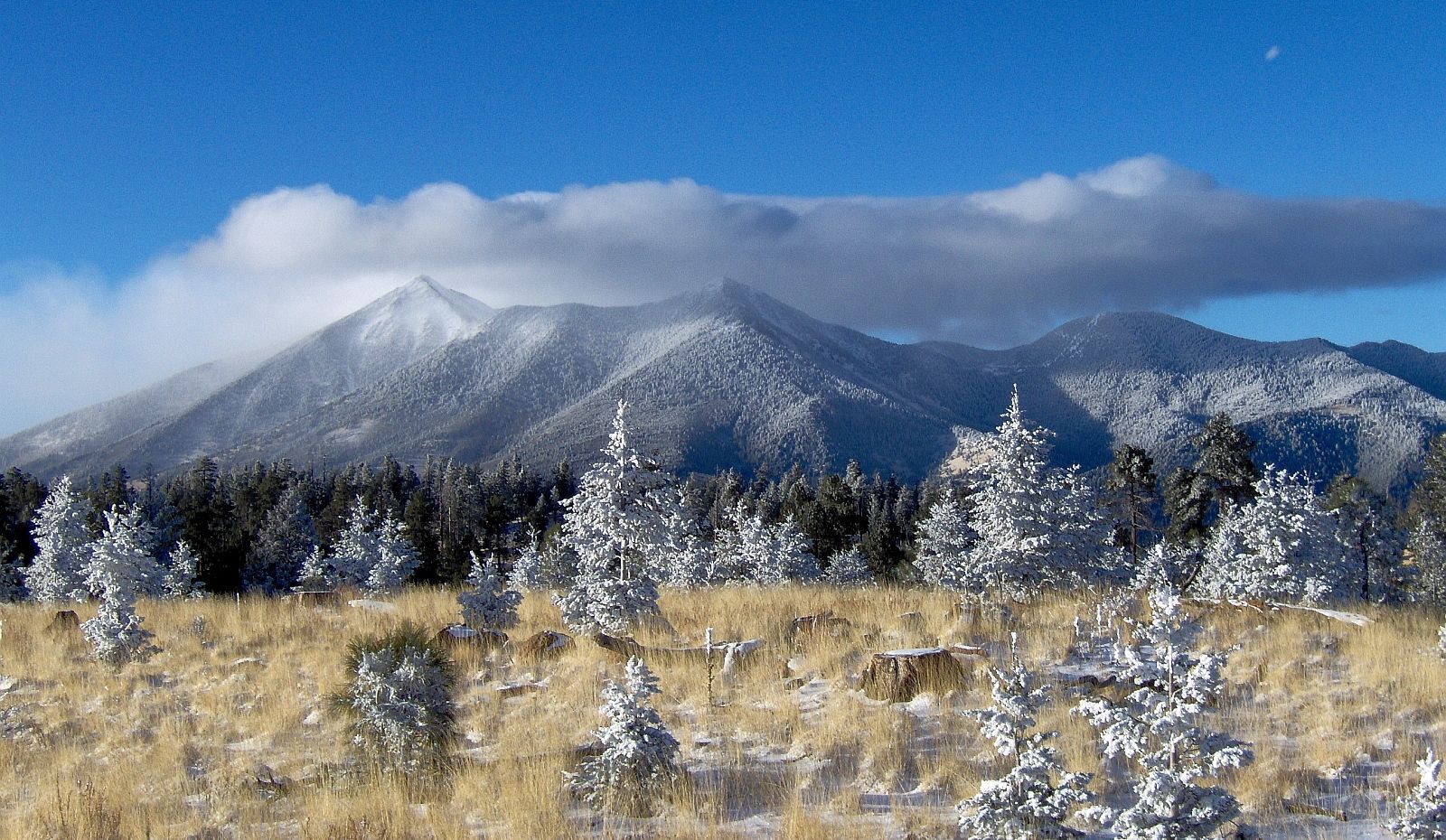So this is an update on my project and a case study on Pavlof.
After meeting with my project advisor, Dr. Greg Vaughan, we have decided that I should do a case study on Pavlof volcano, not Mt. Redoubt. There are a few reasons for this...
1. Pavlof volcano erupted this week and I was able to collect some data (satellite images) on the eruption.
2. I was not that far into the Mt. Redoubt case study when Pavlof erupted, so I will not be wasting time switching volcanoes.
3. Pavlof has been more active than Redoubt within the past ten years, so there will be more information for my case study.
I am excited about the change. So here is the case study of Pavlof volcano.
Case Study
Name: Pavlof
Location: Alaska
Type of Volcano: Stratavolcano, pyroclastic cone
Elevation: 2493 m (8177 ft)
Rock type: Andesite, Basalt
Hazards: Ash plumes and deposits, steam, gas emissions, lava flows, lava fountains, pyroclastic flows, earthquakes, lahars (mud slides caused by melted snow and ice)
Monitoring: Seismic stations, satellite, webcam, fly-by
Last Eruption: 2016
Current Status: Active
Current Activity: Elevated seismicity, possible low-level ash plume, obscured by clouds so hard to detect thermal anomalies
On Tuesday I posted many satellite images of Pavlof and its current activity. But I made a mistake in my last post... I said that the white spots are the thermal anomalies and the black are snow. Depending on the image, the temperature scale is different. So in some images the white spots ARE thermal anomalies and in others the black spots are thermal anomalies. Refer to the monochromatic bar at the bottom of the picture to figure out which color shows heat.
Remember the circle indicating the volcano is probably off!!
March 30, 2016
March 31, 2016
 |
| Notice how cloudy these images are... Compare them to the images in the previous post. |
 | ||
| This happens when there is background noise and the satellite takes a picture. |
A few comments on the images. you will notice most of them are cloudy, thus making it difficult to pick out any white or black spots. That is what the Alaska Volcano Observatory (AVO) has described in their volcanic activity updates. You can see here some of the limitations of satellites. They provide good images of a large area, but the images can be obscured or messed up by clouds, the atmosphere, and background noise.
As Pavlof is the most active volcano of the Aleutian Arc, there is a plethora of eruption accounts. In my research of Pavlof, I have learned some things about this volcano. And today feels like a list day so here goes....
- Ash and steam explosions seem to be a characteristic of this volcano, which pose threats to aviation whenever Pavlof erupts.
- Lahars are often created when Pavlof erupts.
- Satellites generally detect thermal anomalies at Pavlof before people report lava fountains. It also seems that satellites are heavily relied on to provide images of ash plumes and their direction.
- The increase and decrease of seismic activity seems to be the best indicator of activity at Pavlof volcano. Because usually after an increase in seismicity, there is some sort of eruptive event. So for this volcano, seismic monitoring is crucial to detecting an eruption.
Rachel







I'm excited that you're able to follow Pavlof's eruption and its impacts as it happens! Is seismic monitoring good for detecting activity in most volcanoes, or are there any significant exceptions?
ReplyDeleteUsually seismic monitoring is one of the best baseline methods to monitor volcanoes because moving magma causes shifts in the subsurface that generate earthquakes.
ReplyDeleteThere are always exceptions because volcanoes are sneaky. But it isn't that certain volcanoes never display eruptive signs, all volcanoes are capable of erupting without warning.
I thought those black spots were thermal anomalies. Whew.
ReplyDeleteSorry about the scare. I promise all of Alaska is not about to explode. Well I learned to always read the key on a graph or picture with data:)
DeleteAwesome! It's interesting to see the effects that one volcano, which seems out in the middle of absolute nowhere, would have on populated areas.What other ways do scientists monitor remote, active volcanoes besides satellite? Have any of them proven to be particularly effective or accurate?
ReplyDeleteThey use seismic networks as well. In Alaska, geologists also rely on pilots reporting ash plumes.
DeleteThe reports have helped tell scientists where ash plumes are headed and sometimes they have alerted scientists to an eruption. More remote volcanoes don't have as large a seismic array as more active volcanoes that are closer to the mainland. Thus it is harder to see the minute changes in the seismicity that indicate an eruption. But using triangulation and close seismic stations, geologists are able to detect greater magnitude earthquakes.
Are there volcano chasers just like there are storm chasers? If so, have they been getting close to Pavlof to see what is going on? Are there efforts made to keep people away from erupting volcanoes or is it a case of 'you get what you deserve' if you get to close?
ReplyDeleteI have never heard of anything like a "Volcano Chaser." They could exist, but Pavlof is so remote and they cannot travel by aircraft there because the ash plume could have destroyed a plane or helicopter.
DeleteI think that it is a policy of "you get what is coming to you." In the Hawaii Volcanoes National Park there are posted signs to keep people out of danger and I'm guessing there are rangers around like at Yellowstone to keep people safe and away from the lava flows. But I don't think Alaska has as many problems because the volcanoes there are less accessible.
I was working on my presentation and found this article. It discusses a volcano chaser!!
Deletehttp://www.dailymail.co.uk/news/article-2405758/Volcano-chaser-Martin-Rietze-braves-volcanic-eruptions-capture-stunning-pictures.html